Content by Philip Rozeboom
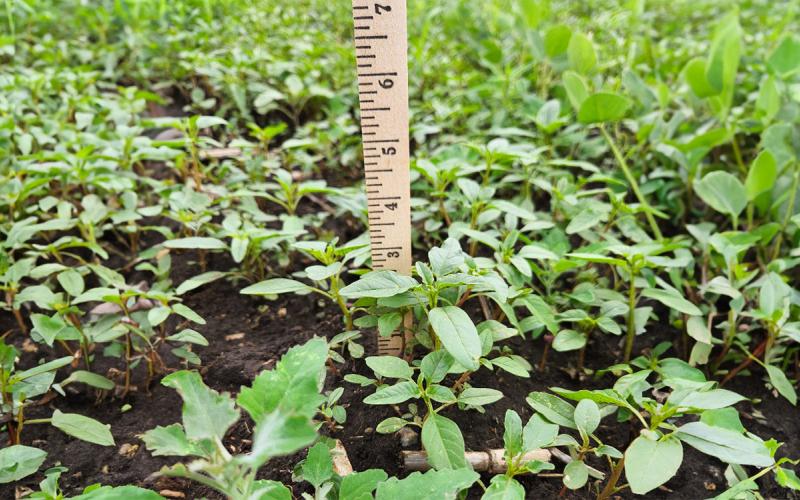
Postemergence Herbicide Applications Need to Happen Soon in Soybean
In soybean crops, postemergence herbicides should be applied to smaller weeds, but proper scouting is likely necessary before application. Learn everything you need to know before making an application this growing season.
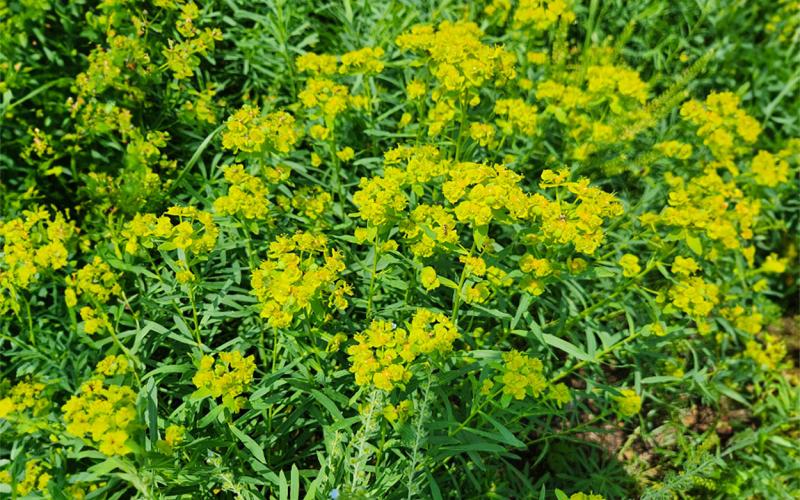
Leafy Spurge Management in the Early Summer
Early summer and fall integrated management tactics are critical for leafy spurge management. Now is the time to consider implementing early summer management tactics for leafy spurge.
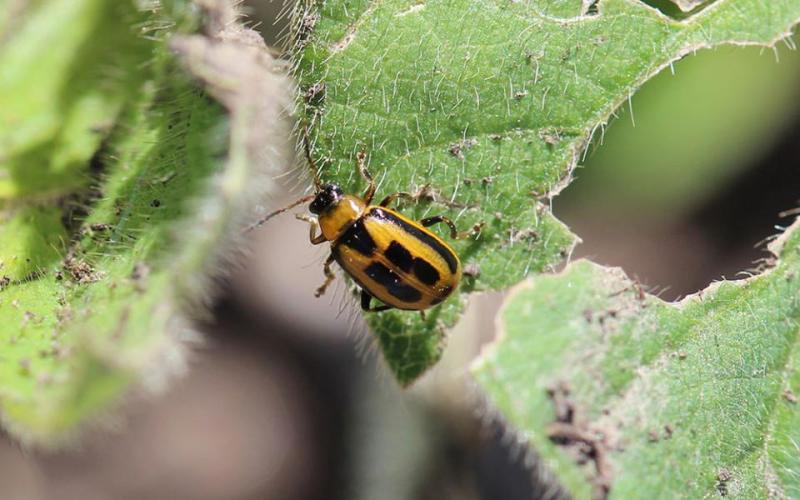
Bean Leaf Beetles Are Active in South Dakota
It’s important to remember early season scouting for bean leaf beetle defoliation. At this time, overwintering bean leaf beetles reach the adult life stage, and they emerge in with an appetite.
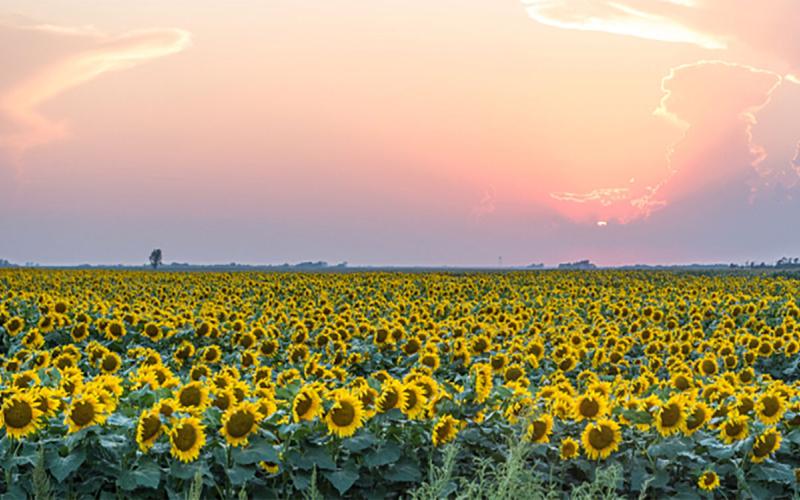
Sunflower Weed Management
Weed management can be particularly challenging in sunflowers.
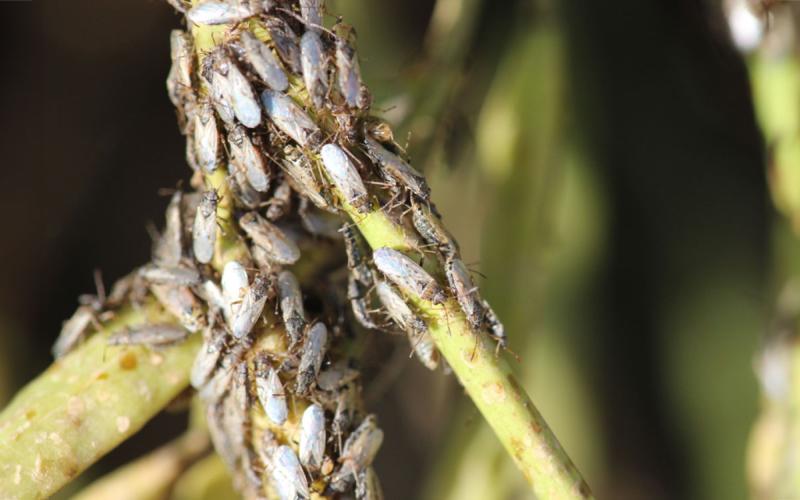
Wet Spring Brings Surge of False Chinch Bugs
Within the past week, large populations of false chinch bugs have been reported across western South Dakota. In high numbers, these pests can pose a threat to Brassica plants.
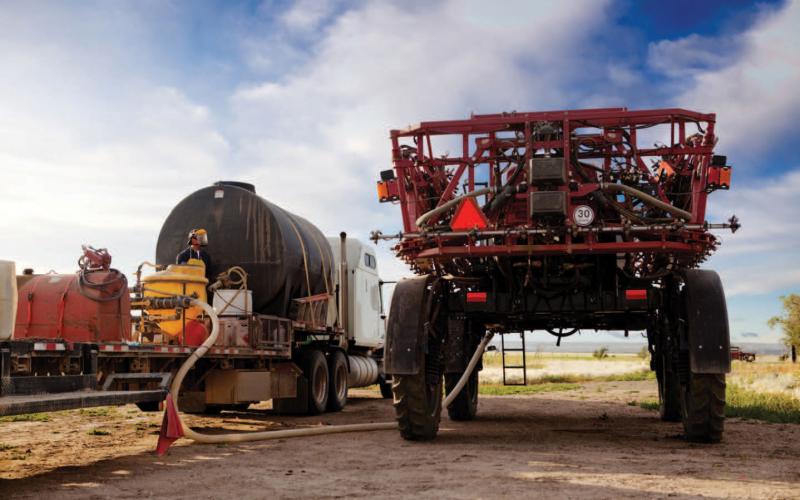
Dicamba Cannot be Applied Postemergence in Dicamba-Tolerant Soybeans After June 20
With weather delaying the planting of soybean, the clock is ticking to spray dicamba before the cutoff date of June 20, 2024. Learn what application tactics might work best before the deadline.
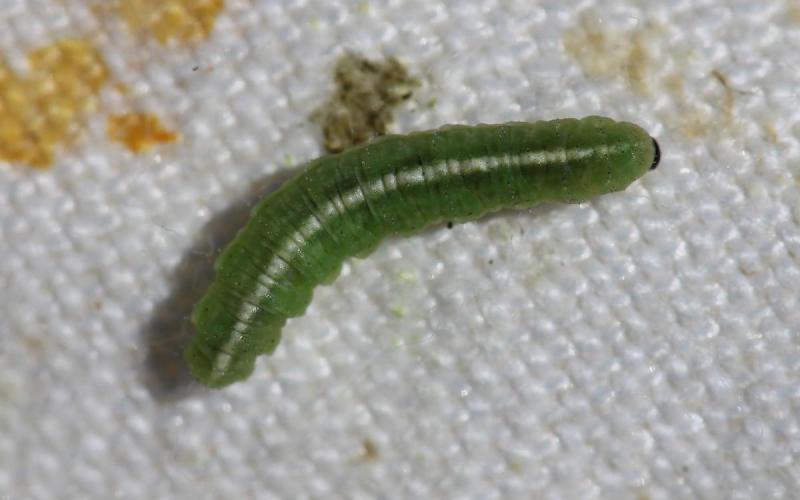
Alfalfa Weevil Activity Prediction Update: June 5, 2024
Although the degree day estimates suggest that alfalfa weevils are no longer active in the fields and should be pupating, scouting has indicated otherwise.
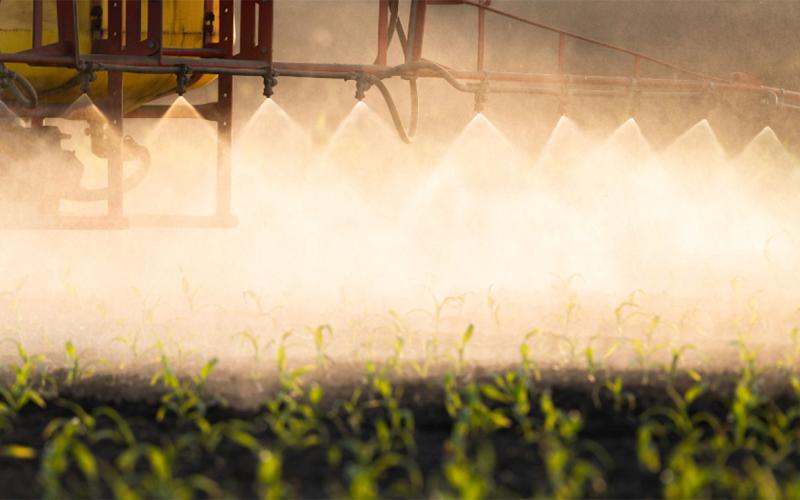
Considerations of Corn Postemergence Herbicides
Managing weeds after emergence is important to protect the yield potential of corn crops. Learn some important application considerations before selecting a postemergence herbicide.
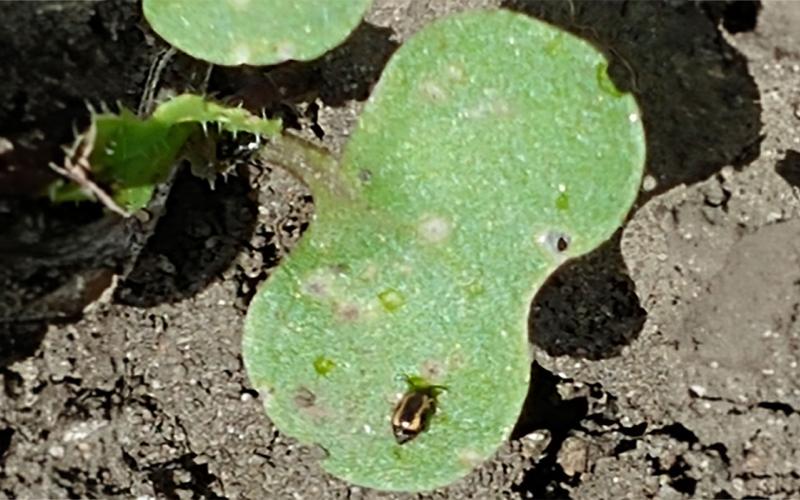
Don’t Forget to Scout Canola for Flea Beetles
Canola emergence is well underway and ahead of emergence at this time in 2023. There are three species of flea beetles that commonly infest canola and feed on the leaves.

Critical Period of Weed Control: A good, but not perfect guideline
The critical period of weed control is the period during a crop lifecycle when weeds need to be managed to avoid a significant yield loss.